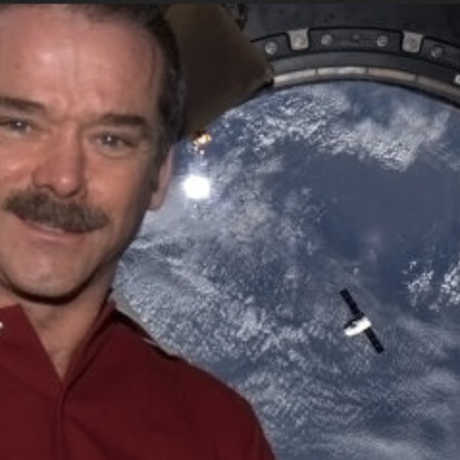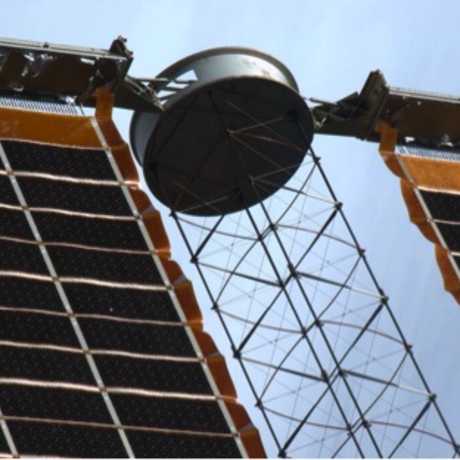We're open daily! View holiday hours
Featured Articles
Brown dwarf W1935 exhibits signs of glowing methane—possibly caused by aurorae!
Cassiopeia A is one astronomical object that looks exactly like what it is—a star that exploded 350 years ago!
JWST launches the first day of astronomy’s big meeting with news about science, technology, and galaxies!
The connection between disks and planet formation continues to expand as astronomers view them in new detail.
We are still refining our understanding of our own place within our galaxy, the Milky Way.
Commander Chris Hadfield's shared experiences on the International Space Station inspires future astronauts!
To date, we have discovered 865 confirmed exoplanets orbiting distant stars. But a great mystery remains: how do these planets form?
Is Titan, the largest moon of Saturn, the world most similar to home in the Solar System?
Astronomers realize that our Solar System is located on a longer arm in the Milky Way.
Magnetars-- a type of neutron star-- are surprising astrophysicists with their "anti-glitch" behavior.













